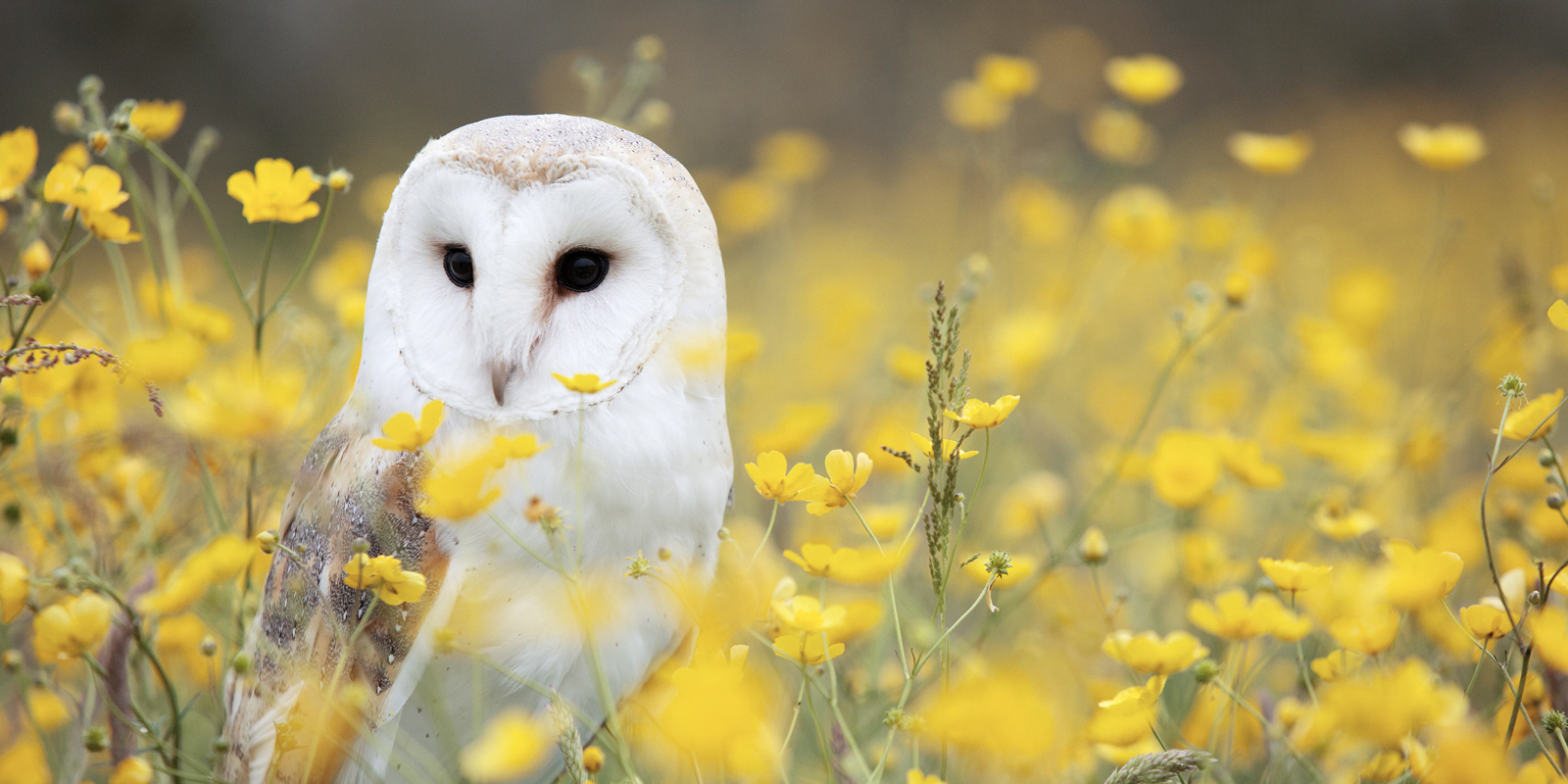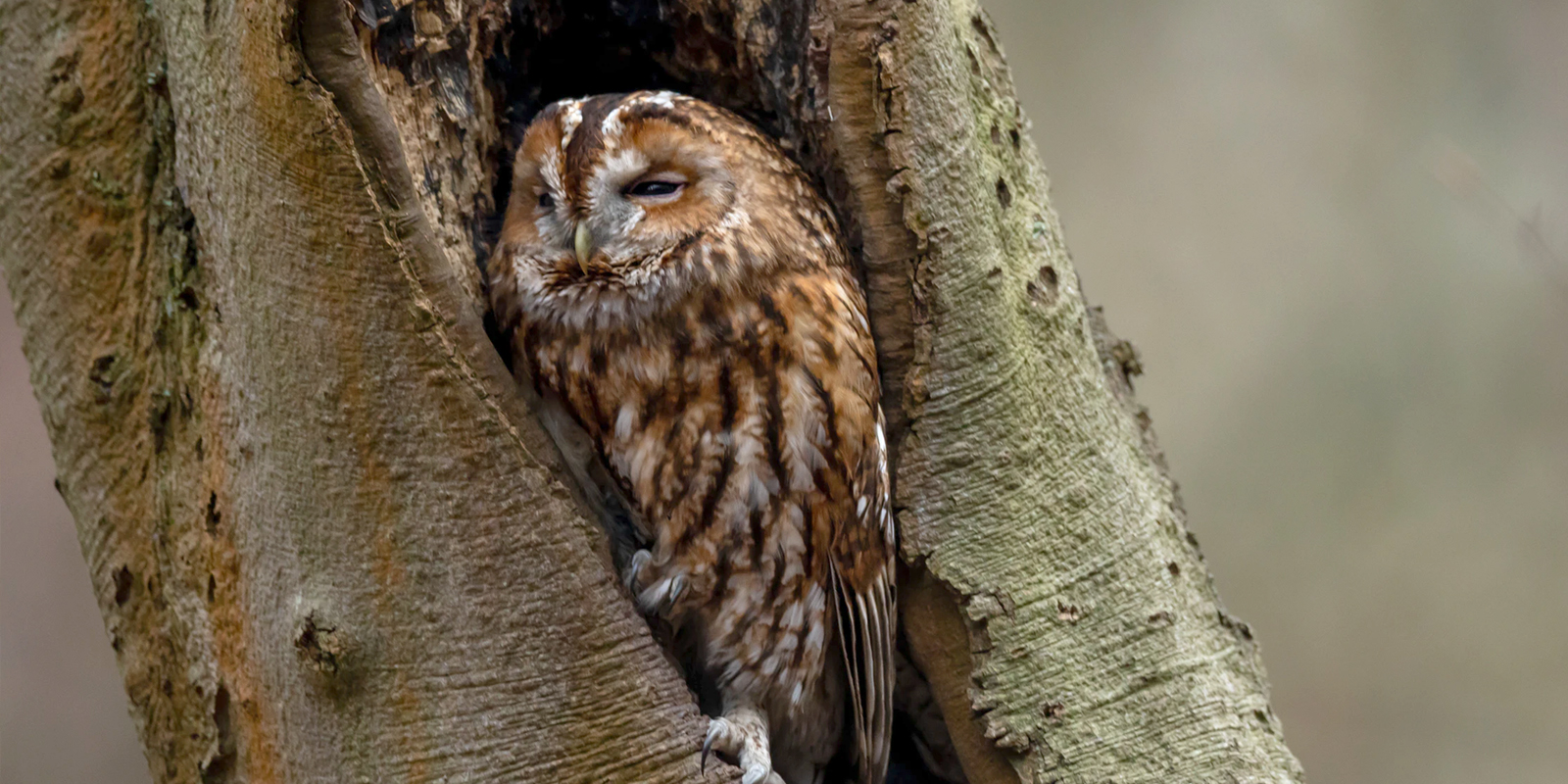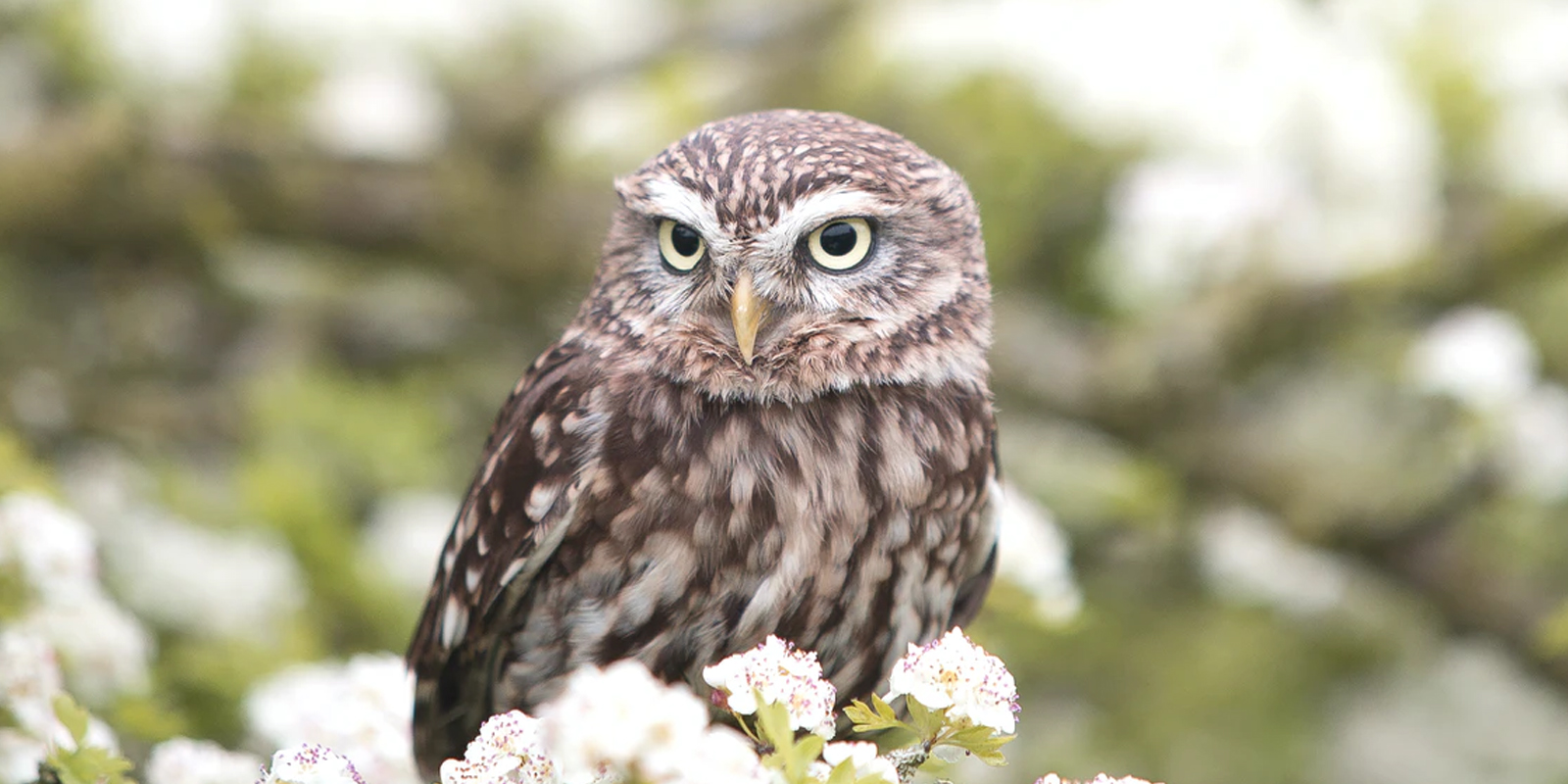Owl Box Project
Not all Owls are happy to nest in boxes but three of the indigenous species are and my project is designed specifically to help them. They are Barn Owl, Tawny Owl and Little Owl.
Other species of indigenous Owl which don’t nest in boxes are Long Eared Owl they like to take over an abandoned corvids nest normally in a pine tree such as a Scots Pine. The Short-Eared Owl is a ground nesting bird and will build its nest on low lying ground such as marsh lands and coastal tundra. The European Eagle owl (controversial as to whether its indigenous) found in isolated pockets around the UK is a ground nesting bird and can be found in forested and mountainous areas.
The 3 Indigenous Species

Population in UK:
4,700 pairs
Hunting time:
Dusk / Dawn
Hunting method:
Hunting on the wing
Main threats:
Starvation / Hypothermia
Barn Owls
This is the most frequently seen owl but has the smallest population in England, the most accurate figures we have are 4,700 pairs +/- 30% in the UK, a nocturnal owl frequently seen because it will hunt dawn and dusk and hunts in flight quartering its hunting ground. (we call this hunting on the wing) The barn owl uses its amazing hearing to locate its pray moving through the vegetation. The barn owls hearing is so good it can distinguish what type of prey animal it is listening to and can pinpoint its exact location without even seeing it.
During the breeding season (Spring) it is the sole job of the male to do all the hunting, once the female starts laying eggs she stays in the nest incubating eggs feeding and keeping owlets warm until the last owlet to hatch is about 5 weeks old, this means the female doesn’t leave the nest in some cases until the autumn.
The barn owl is a monogamous owl and likes to nest in shelter such as barns, hollows in trees and small caves. Why? Well the simple answer I they don’t have any water proofing on their feathers so need to stay dry.
The two biggest killers of Barn Owls are starvation as they can’t hunt when it’s raining. Hypothermia once a barn owl gets wet it can’t take flight and will be bound to the ground and succumb to the cold. With less old barns and mature trees with hollows in there is less accommodation for these owls so when parents chase off there young to find their own territory many of them perish in the first year just because they can’t find dry accommodation. This is why we need to provide boxes for these Barn Owls.

Population in UK:
50,000 pairs
Hunting method:
Hunting from tree
Diet:
Small birds / Amphibians / Fish
Main threats:
Starvation
Tawny Owls
This is the most commonly heard but least seen owl with its distinctive Twit Twoo call. A nocturnal owl and woodland bird extreamly well camouflaged making them very difficult to see current estimates there are 50,000 pairs in the UK.
They nest in deciduas woodland in the hollows of trees and can sometimes be found nesting in the nape or confluence of branches in a tree.
The Tawny Owl has a larger population in England than the Barn Owl this is mainly due to its hunting method, instead of hunting on the wing it does most of its hunting from a perch in the cover of the tree. Using both its eyes and ears to search out its prey, when located it swoops out of the trees onto its prey if it gets wet it will walk back to the tree and climb back to its perch out of the way of ground predators and to dry off.
Although thought to be mainly monogenous there is some evidence to the contrary, of all our indigenous owls this is the species that requires more research. In the autumn during the dispersal of young Tawny owls there is a struggle for them to establish territory and find dry nesting sites. Its now becoming more common to find Tawny Owls establishing territories in city parks and suburban gardens.
Preying on mainly small mammals the Tawny Owl will supplement its diet with small birds, amphibians and even fish out of ponds. The ideal nest box for a Tawny owl is a tubular box attached to the underside of a tree limb affording it dry and almost natural accommodation.

Population in UK:
5,700 pairs
Hunting time:
Diurnal
Diet:
Small mammals / Insects / Invertebrates
Main threats:
Starvation
Little Owls
One of the smallest owls in the world and seen by many people who don’t realise they have just seen an owl; current estimates show there are 5,700 pairs in the UK. It has the loudest call of any owl sounding like someone has been murdered in the night.
The Little Owls habitat is lowland farm land, hedgerows and small woodland fringes. They will nest in small cavities Beit a gap in a wall or a small hollow in a tree anything that gives shelter from rain. Little owls are diurnal so can often be seen perching on branches, telegraph poles and along walls all in a row. The young generally leave the nest at about 7 weeks and after about a week they are flying confidently.
Little Owls will pair up and stay together throughout the year unless one should die then the surviving owl will find another mate. Their diet is varied containing small mammals, invertebrates, insects and earth worms.
A Little owl will only take to an artificial nest box as a last resort and would really prefer a natural nest site although once a pair is established in an artificial nest box they stay put. Siting of a nest box for Little owls I crucial to its occupancy and success, they like to have a bit of cover and not totally enclosed i.e. not in a building.
How can you help
It’s so simple for you to engage with us to increase the owl population, with just £120 you can buy an Owl Box from us. We make 3 types of owl box and all 3 designs are proven to work.
If you are interested to support our project, all you have to do is to follow these steps...
Support the Owl Box Project
Email us on the Contact page with an enquiry about the Owl Box Project.
Book a date for us to visit you and carry out a full survey on your property to make sure the enviroment is right for an owl box.
Pay an one-off fee of £120 for your owl box and we will pick the suitable one based on the survey.
Book a date for us to supply and fit an owl box in the right place for greater success of occupation.
Once we have fitted your box, we don’t forget about it, we will continue year on year to monitor your box to carry out health checks on owlets and record all the information to feed into national statistics.
All these services are included in the one-off fee.
Type of Owl Box
Type 1
Type 2
Type 3

Our feathery friends need your help!
Sort code: 09-01-28
